One of the greatest acts of self-reliance outside of gardening and preserving your own food, is becoming crafty to the point you can knit, crochet, and weave all that you need not buy from the store. When the chores are done for the day and you have made yourself comfortable on the homestead, it is time to sit back, relax, and create!
Skills to process wool and plant fibers have traditionally been passed down from generation to generation, but more and more people are learning the basics online, and then applying them to real life.
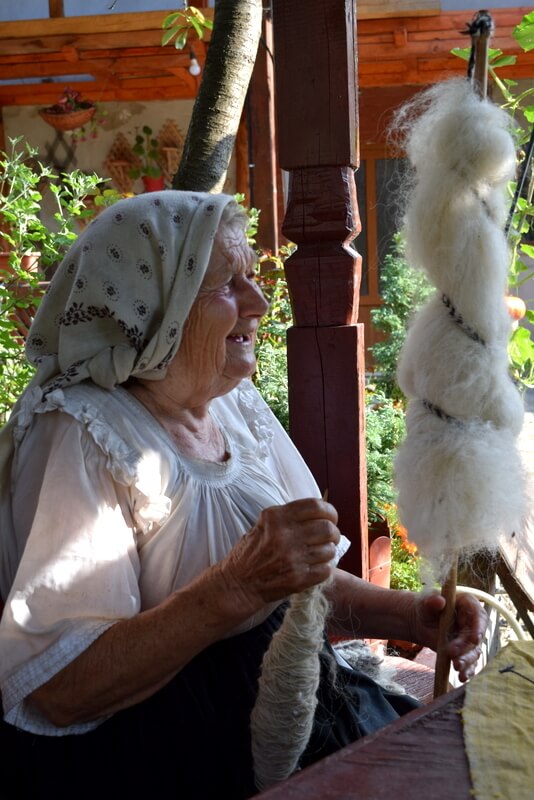
Watching videos on how to spin wool is easy. Teaching your fingers how to efficiently implement the various techniques is more difficult. That being said, it’s well worth the experience of diving into different natural fibers. If you happen to raise sheep or goats on your land and the annual shearing is part of the work, why not make a profit from your fleece?
Related Post: Raising Goats
Some spinners prefer to work with raw (unwashed) wool while others will demand that it’s already carded into batts, and ready for nimble fingers to produce yarn for bags, clothing, even rugs. There is a market for just about everything if you can find a unique way to sell it.
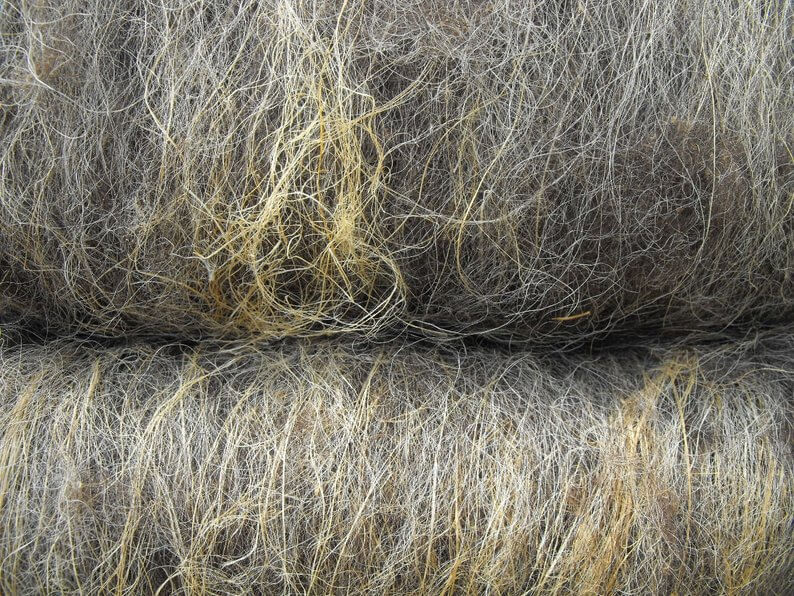
Which comes first, the fiber or the tool to spin? It is actually curiosity that takes center stage when learning how to spin — along with the desire to craft your own clothing or home furnishings.
We no longer need to spin fibers out of necessity. We do it for fun as a leisurely pastime. The industry has created amazing machines to do all the “tedious” work of making fabric for us, though there always remains an issue of quality. Items that are lovingly made seem to last longer, so choose a tool and let’s get started!
Some Spinning Terminology
When you’re new to spinning, some of the terminologies can be a little overwhelming. Before you get started, here are some important terms to know.
- Low whorl versus high whorl: These terms refer to spindle physics, or why some spindles and wheels spin faster or slower. The speed of the whorl depends on the position of the whorl whether it’s on the bottom or top.
- Bobbin: Also known as a spool or a reel, a bobbin is a cylinder used for holding yarn and thread on a spinning wheel.
- Wool pickers: A machine with strong teeth that separates wool locks to prepare the fiber for carding.
- Hand and drum carders: Hand carders are brushes that align small amounts of fibers before spinning. Drum carders may be mechanical or electric and align the fibers to create a batt.
- Batt: Hunks of fiber produced after being processed through a drum carder.
- Skein: A length of thread or yarn, that is loosely coiled and knotted.
- Hanks: A length of yarn that’s wound into a large circle and then folded. Hanks need to be wound into a ball before being used (similar to skeins).
- Niddy noddys: A simple tool used to make skeins of yarn. This allows you to easily measure the length of your yarn.
- Ball winders: An alternative to hand winding, a ball winder makes center-pull yarn balls.
- Yarn swifts: A tool that opens like an umbrella and holds a hank of yarn before it is turned into a ball for more convenient knitting and crocheting.
For even more spinning terms, click here for a helpful glossary.
Spindle or Spinning Wheel?
Spindles are simple handheld pieces of either wood, metal, or plastic that consist of a rod and a weight. Spindles come in a variety of shapes and sizes, all intended for different types of fibers.
For instance, a bottom whorl drop spindle, in particular, is a suspended spindle best suited for spinning thicker, heavier yarns. Nowadays, the most popular spindles are bottom low whorl drop spindles and top high whorl drop spindles. Check out this helpful guide to spindles to learn more.
Related Post: How to Rent Out Your Goats
Spinning wheels, on the other hand, are larger spinning units that can become a piece of furniture due to their size. Portable and foldable wheels are also available if space is a concern.
The spinning wheel was introduced during the Middle Ages, though spindles have been around for at least 9,000 years (possibly longer) making them the most low-tech tool for spinning yarn. They survive to this day, and the choices are seemingly endless when you are just getting started.
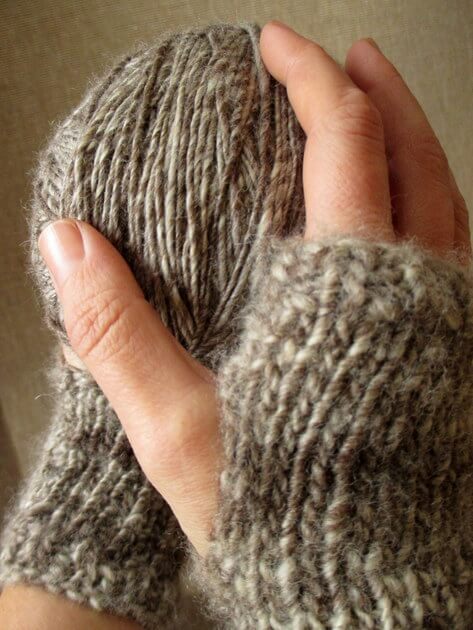
A drop spindle can be low whirl, high whorl, or even rim-weighted. Rim-weighted drop spindles spin longer at a slower speed, as opposed to a center-weighted spindle, for when you want to spin long lengths of yarn before winding. If you are new to spinning, a simple bottom whorl drop spindle is an excellent choice as you learn both speed and spin control.
One obvious advantage to learning how to spin with a spindle is the price. It doesn’t cost much to get started and see if you enjoy the process, and then you can always move up to a more costly wheel.
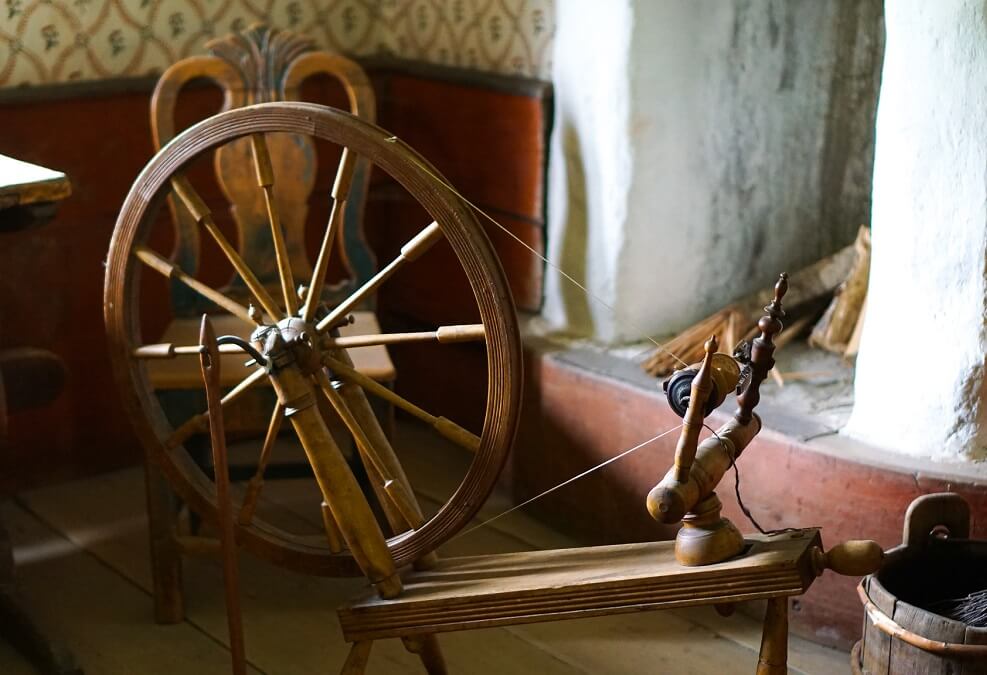
By contrast, the price of an efficient, well-made spinning wheel is often in the hundreds (or thousands if you so choose). Either way, the price of this life-long hobby will add up!
A hand spinner who truly enjoys the art of using a spindle may choose to invest in several types depending on the wool or plant fibers they wish to spin. You can even make a homemade spindle.
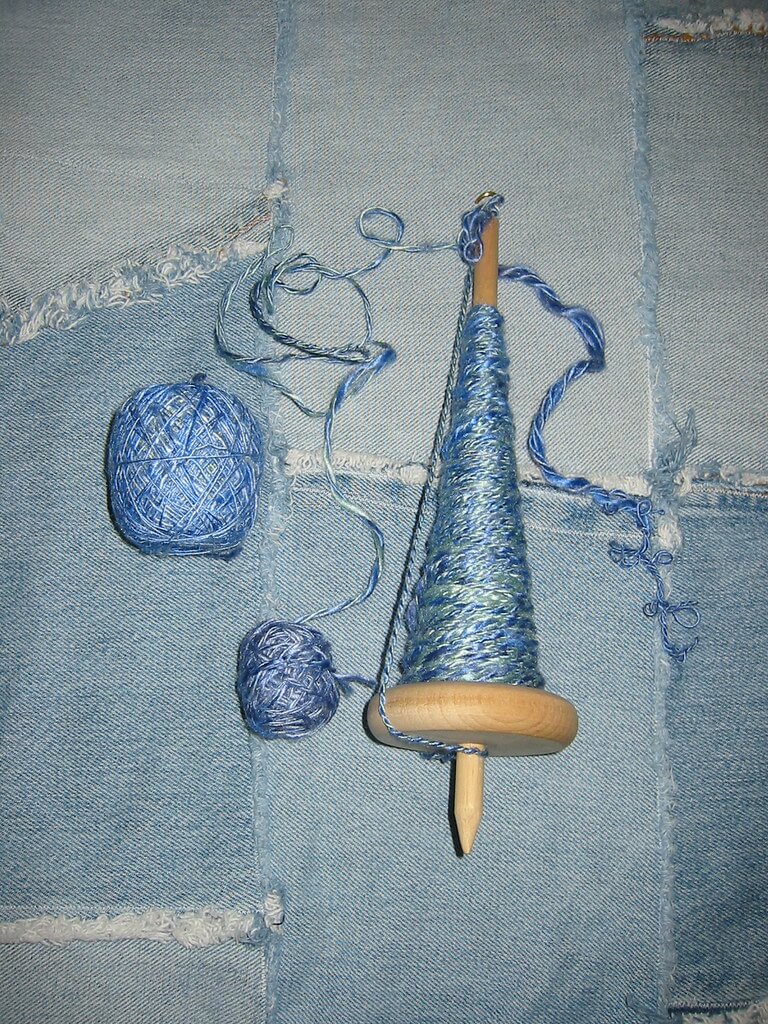
And then there are other tools for processing fibers by hand: Wool pickers, hand and drum carders, niddy noddys, ball winders, and swifts to name a few essential accessories required to hone your craft.
Learning to Spin on a Spinning Wheel
If you are wanting to spin for the sake of production, then starting with a spinning wheel is the best choice. Here, the options are truly endless, so it helps to know what type of fiber you plan to use. Will it be the fairy tale Saxony, a castle spinning wheel, or an electric spinning wheel that works for you?
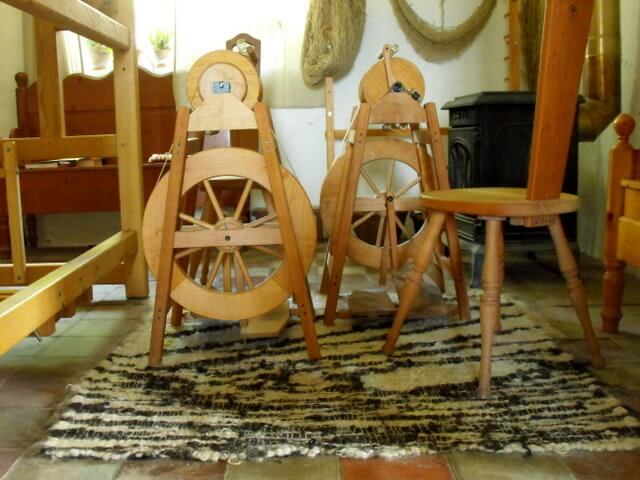
When choosing a spinning wheel, it is best to try it in person rather than buying it online, if at all possible. Is it comfortable? Does it spin too slow or too fast? Where can it be stored when not in use? Think of all possible questions and find answers to avoid disappointment in the future.
Related Post: 6 Reasons To Raise Sheep
At the start of my spinning journey, I invested in two Ashford Country Spinners. I was spinning the long, coarse wool of the Hungarian Racka sheep to make bags and rugs for sale.
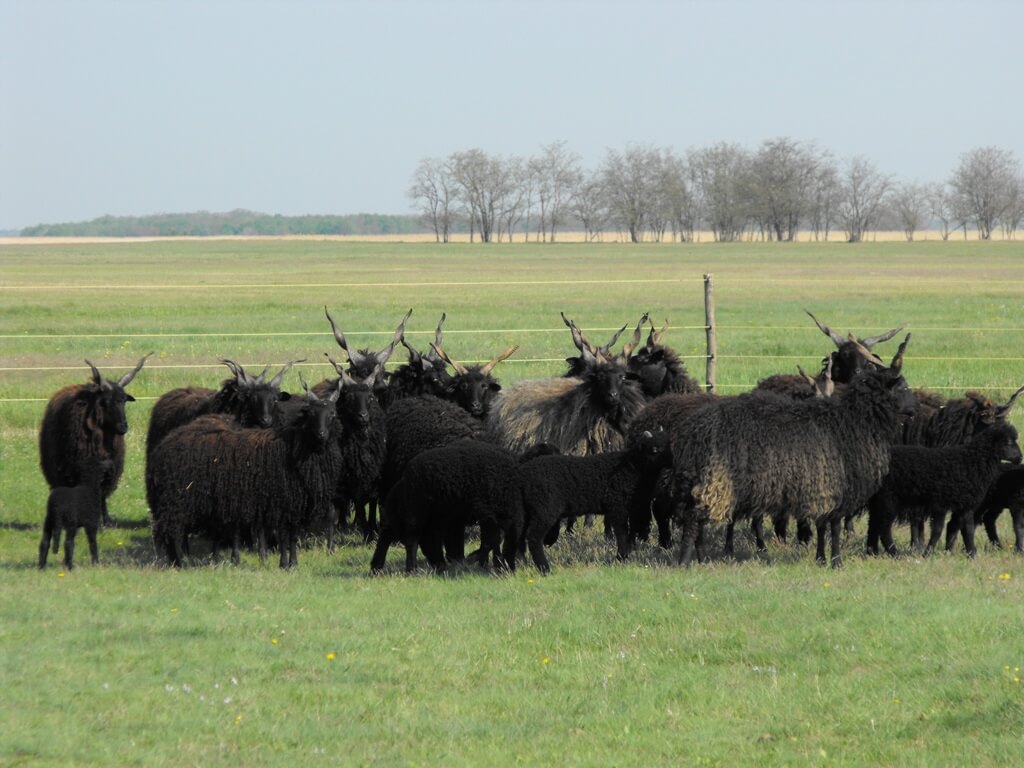
The large bobbins hold 1 kilogram (2 pounds) of yarn, and the orifice is big enough to spin bulky yarn for weaving and plying which makes it the ideal wheel for art yarns. It also happens to be a double treadle which is kind on your lower legs.
The Basics of Spinning Wool on a Wheel
Once you have procured a wheel, bobbins, and carded wool, it is time to sit down for a spell. Familiarize yourself with all the parts of your particular wheel (whorl, bobbin, flyer, etc.) and adjust the speed to be the slowest possible so the fiber does not fly out of your hands.
Thread your starter yarn through the orifice and tie it to the leader that’s attached to the bobbin. Hook the string around the first hook on the flyer, and get ready to treadle. Start by drafting some fiber (drawing out a thinner amount from your batt) and spin the wheel clockwise to set it in motion. Once the bobbin begins to spin, your starter yarn will twist together with the drafted wool.
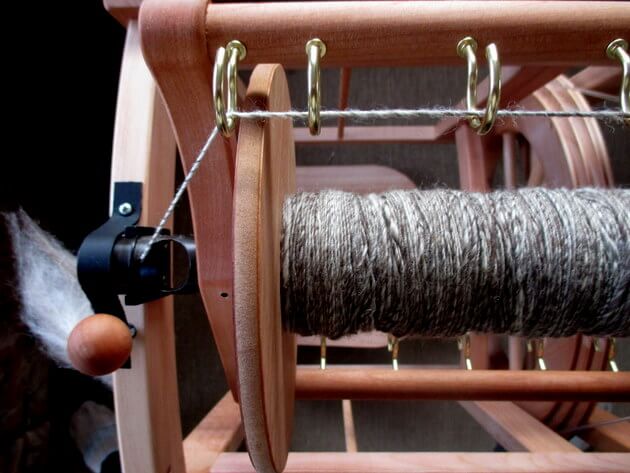
Spinning is all about the twist. Keep this idea in mind as your hands and feet work together to produce the smoothest yarn possible. Draft the fibers, let them twist as the motion pulls them onto the bobbin, and draft more fibers as the process continues.
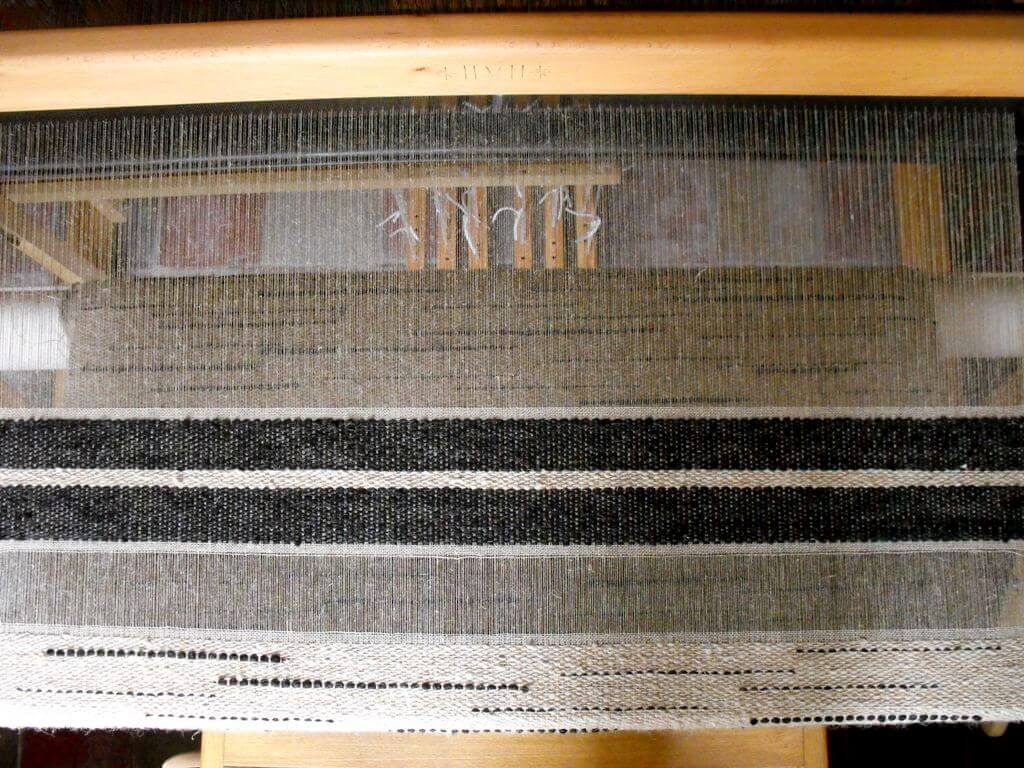
Move the growing yarn along the flyer hooks to keep it evenly balanced on the bobbin. Though this is simple in words, it’s more difficult in reality. That said, the end results can be amazing! So keep at it, and learn to choose the right fibers for the job at hand. Then move onto another self-reliant activity of weaving (a great homesteading hobby for the winter months) and find the perfect loom for making bags, cloth, and rugs.
To see a great tutorial of this process in action, check out the following video.
More About Choosing Fibers
It may also be helpful to try spinning wool that has been prepared in a different way. Top is a fiber that has been run through a wool comb with fibers going in the same direction and very little air between them.
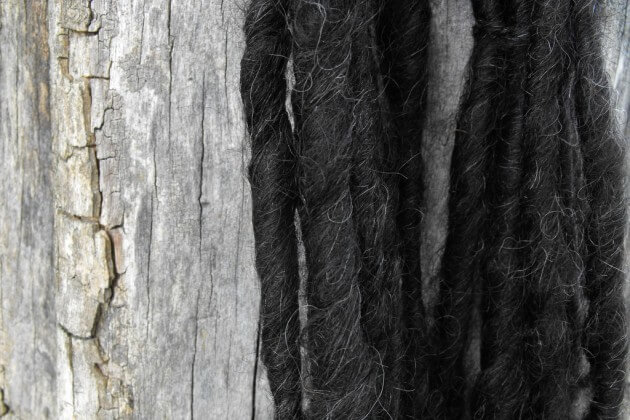
Roving is wool that has been through a commercial carding machine, and most of the fibers will lay in the same directions. Roving is more lofty and fuzzy than top, though it’s easier to spin as you won’t deal with the tangling of fibers.
Batts consist of fibers that have been brushed and blended and are perfect for bulky and weaving yarns.
Rolags are similar to batts as they’ve been blended using hand cards or blending board. Rolags are perfect for spinning thick or thin yarn.
Spinning Plant Fibers
Plant fibers are spun in a similar way to wool, though they may require extra processing. Hemp, nettle, sisal, and flax can be bought already prepared for spinning, and they are wonderful for hard-wearing yarns.
In some cases, they can be next-to-the-skin soft too. It all depends on the staple length of the fiber and how well they are combed. Cotton is a more difficult fiber to spin because of the short fiber length. If you choose to spin cotton, the drop spindle is your friend.
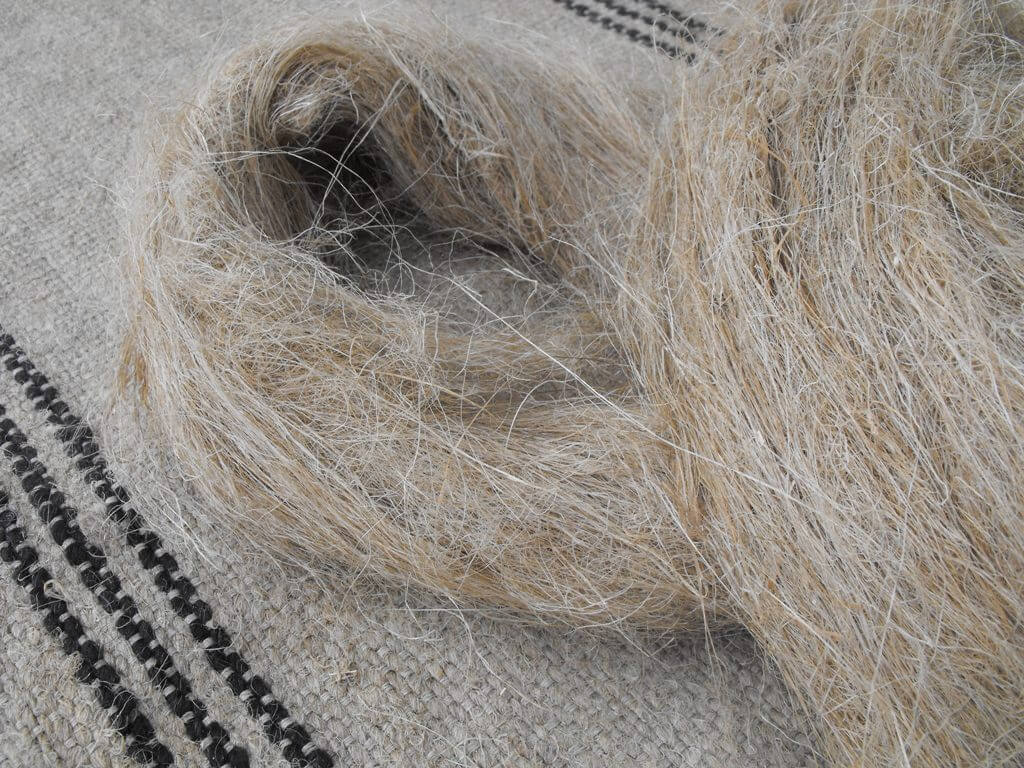
Your first yarns may turn out lumpy and bumpy, yet artfully beautiful! Give them a good wash and a weighted stretch. They will soon be ready for knitting. It takes time and experimentation to get the right amount of twist, so go easy on yourself and relax.
Watch a few more videos online if you feel stuck, or take a class at your local yarn shop for more hands-on help. Men and women have been spinning for generations, you can master this too!

Pass down the excitement of working with handspun yarn to your children, so they can pass the ball of yarn down to theirs. Now get ready to let your hands twist wool and plant fibers into inspiring creations.
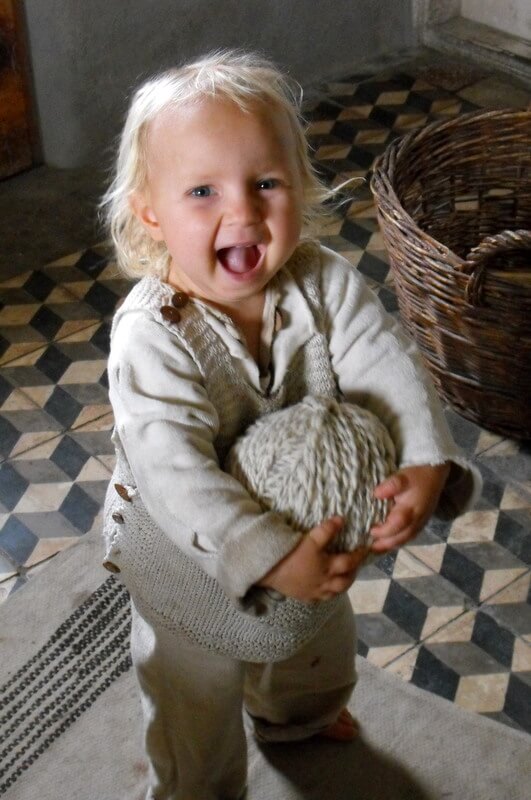



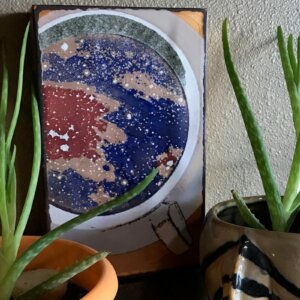
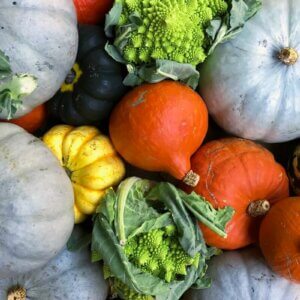



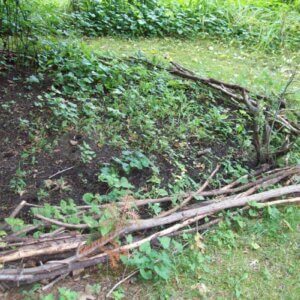

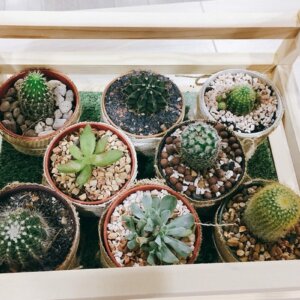




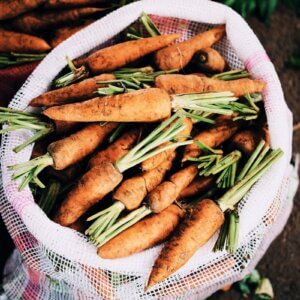




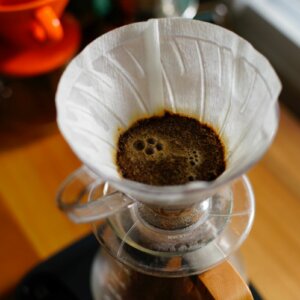



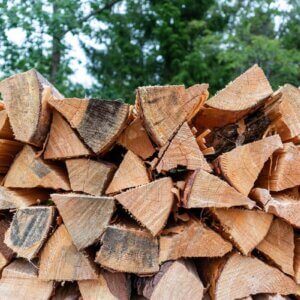
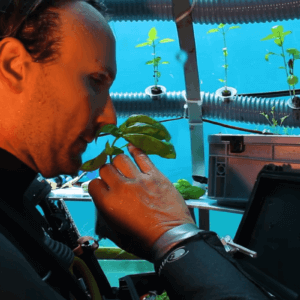




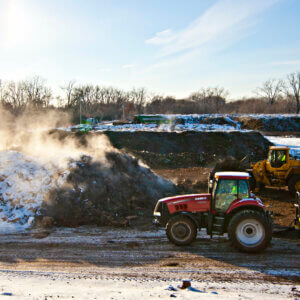
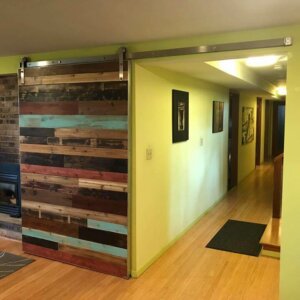



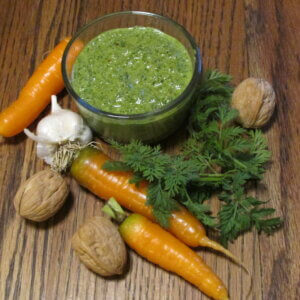




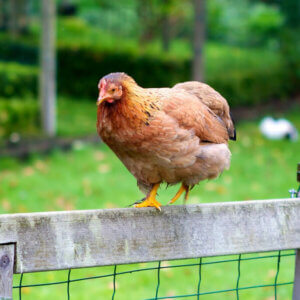

Photo/Attachment:
Hello,
I wonder if you or any of your readers may be able to offer some insight. I have these two wooden objects that I cannot identify. They are lead weighted and weigh about 3 or so ounces each. They measure 7″ long and are about 1-1/4″ in diameter at the ends One end holds the lead and the other is open. Are they some type of spindle or bobbin? Though I see the weight seems reversed in those. I wondered if they were weighted spokes for a spinning wheel if there is such a thing (to give more inertia?). A part for some other weaving textile application. They are not identical, one is a little bigger in diameter than the other. Any possible ID or suggestion would be appreciated.